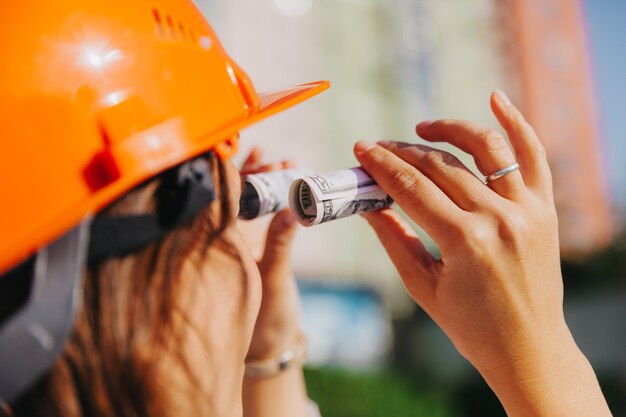What Should You Expect to Pay for Water in Your Apartment?
When moving into a new apartment, understanding the cost of utilities like water is crucial to managing your monthly budget. However, the cost of water can vary significantly depending on several factors, including location, building age, and even personal usage habits. If you're curious about what your water bill might look like, here's what you need to know.
Factors Influencing Your Water Bill
Location Matters: Water rates can vary widely from one city or region to another. Metropolitan areas might have higher rates due to infrastructure costs, while rural areas could see variations based on supply sources and infrastructure age.
Building Type and Age: Newer buildings often have more efficient plumbing, reducing overall water usage and potentially lowering costs. Conversely, older properties might not have upgraded systems, leading to higher water consumption and costs.
Individual Usage: Personal habits play a significant role. Simple changes such as taking shorter showers or using water-efficient appliances can have a considerable impact.
Included Utilities: In some apartments, the water bill is included in the rent, particularly in certain large-scale residential complexes. This arrangement can simplify your monthly expenses, but it's essential to clarify this with your landlord upfront.
Typical Water Bill Costs
While the actual cost can vary, typical water bills for apartments in the United States range from $20 to $70 per month. Of course, this number can fluctuate higher if you have a family or frequently use water-intensive appliances, such as a washing machine or dishwasher.
Exploring Financial Assistance and Savings Options
For those needing assistance, there are numerous avenues to explore:
Government Aid Programs
- Low-Income Household Water Assistance Program (LIHWAP): This federal program helps lower-income households pay their water bills. Eligibility is generally based on income level and household size.
Utility Company Assistance
- Some water suppliers offer discount programs for seniors, veterans, or low-income families. It's worth reaching out to ask about any financial aid or billing adjustments.
Community Resources
- Charities and local organizations sometimes provide emergency utility assistance, so checking out those options within your community can be beneficial.
Debt Relief Options
- If your water bills have added to debt concerns, consider consulting with a credit counselor who can help you consolidate debts and manage monthly expenses more effectively.
Credit and Budgeting Solutions
- Using a credit card with cashback rewards on utility payments can help reduce costs in the long run. However, it's essential to pay off the balance each month to avoid interest charges.
Educational Grants and Training
- To improve long-term financial stability, look into education and job training programs that offer scholarships or grants, which can help increase earning potential.
Quick List of Financial Assistance Options
- 💧 LIHWAP: Federal aid for low-income households to cover water bills.
- 🚰 Utility Discounts: Check with local providers for special programs.
- 🏠 Community Help: Seek local nonprofits for emergency utility funds.
- 💳 Credit Counseling: Professional advice for debt handling and expense management.
- 🎓 Education Programs: Explore grants for enhancing job skills.
Effectively managing your water bill is not just about understanding your current costs. By exploring these financial aids and personal strategies, you can minimize the burden on your wallet, allowing you to focus on enjoying your new living space without stress.
